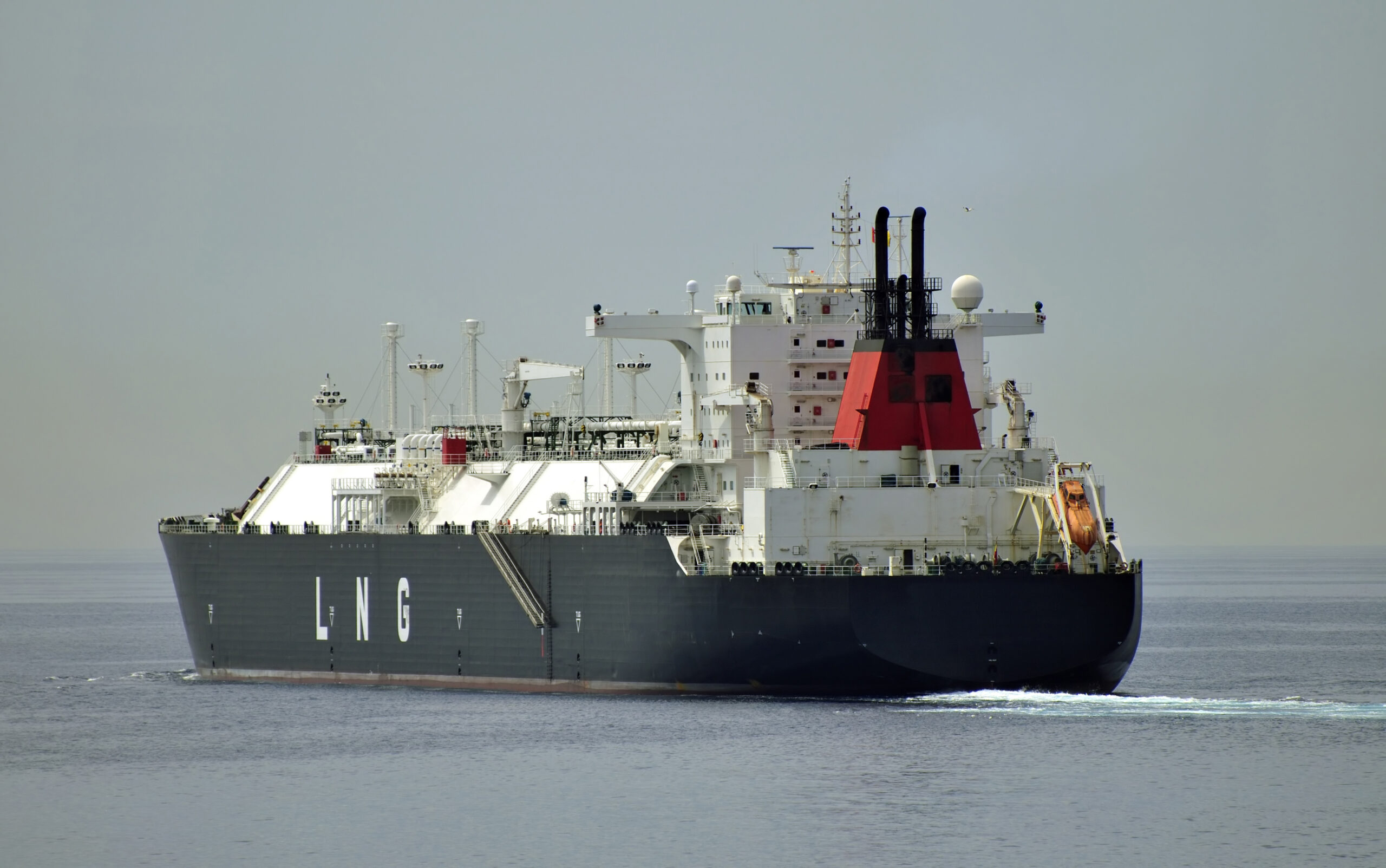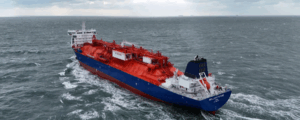The recent re-election of Donald Trump as U.S. President is expected to positively impact the LNG shipping market in the sense that the current pause on U.S. LNG export approvals will likely be lifted once he takes office, according to shipowner Flex LNG Ltd.
“This will likely igniting new Final Investment Decisions (FIDs) for the LNG in 2025 and 2026 for the US LNG exports which was put in limbo following the moratorium implemented by the Biden administration in January 2024,” said Flex LNG in its third quarter report last week.
Additionally, the new administration is anticipated to ease regulations on U.S. hydrocarbon production, in line with Trump’s “Drill, baby, drill” approach during the campaign.
Uncertainty surrounds Trump’s foreign policy, particularly regarding his hawkish stance on China, a major consumer of U.S. LNG exports, and his potential introduction of trade tariffs, which could have complex implications, Flex LNG said, for the LNG market.
After a rally in global LNG prices from February with prices up about 60%, LNG prices have stabilized within a narrow trading range not seen since 2021 before Russia’s invasion of Ukraine.
The price increase has primarily been driven by firm demand and supply-side constraints, export disruptions in Norway and North Africa, and heightened geopolitical tension in the Middle East.
Flex LNG says LNG export growth for the rest of 2024 is projected to remain flat or increase modestly by 1-1.5% year-on-year resulting in expected growth of 1% for 2024, which is the lowest recorded since 2020 when Covid-19 disrupted the market and resulted in only 1% LNG export growth.
Øystein M Kalleklev, CEO of Flex LNG Management AS, commended also about the freight market. “During this winter season, the freight market has come under pressure due to a combination of high fleet growth, relatively small arbitrage between Europe and Asia, marginal intra-month arbitrage disincentivizing floating storage while export volume growth remains lackluster at about 1%.”
Flex LNG gave an overall view of the LNG market this year.
“The mature Asia LNG importers Japan, South Korea, and Taiwan often referred to as JKT increased their total imports with 3% to 113 MT, with Taiwan and South Korea driving imports growth (+2.6 MT).
“China maintained the position as the single largest global LNG importer, reaching 65 MT YTD-2024, a robust 10.3% increase year-on year.
“In rest of Asia, imports surged by 9 MT or 16.3% compared to the same period last year, driven by lower spot prices, an April heatwave across Southeast Asia, and strong economic growth in India.
“The combined European LNG demand has been in retreat so far this year, and European LNG imports have dropped 22% year-on-year, largely due to a mild winter, industrial demand destruction and enhanced renewable output,” Flex LNG noted.
The active LNG fleet now counts around 670 vessels, with 44 delivered so far this year. With 24 more vessels set for delivery by the end of 2024, some ships might slip into next year given the market outlook.
There are 338 vessels on order, according to Flex LNG, including 24 uncontracted, translating to an order book-to-fleet ratio of 50% (by vessel count). Another 88 vessels are scheduled for delivery in 2025, followed by 84 in 2026.



